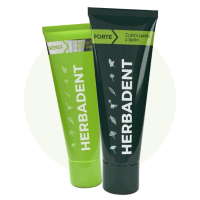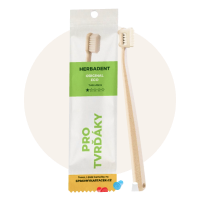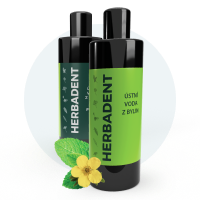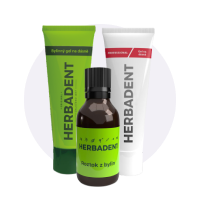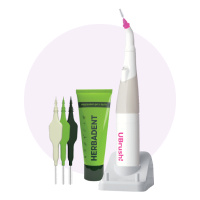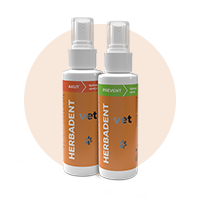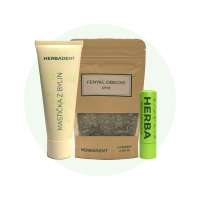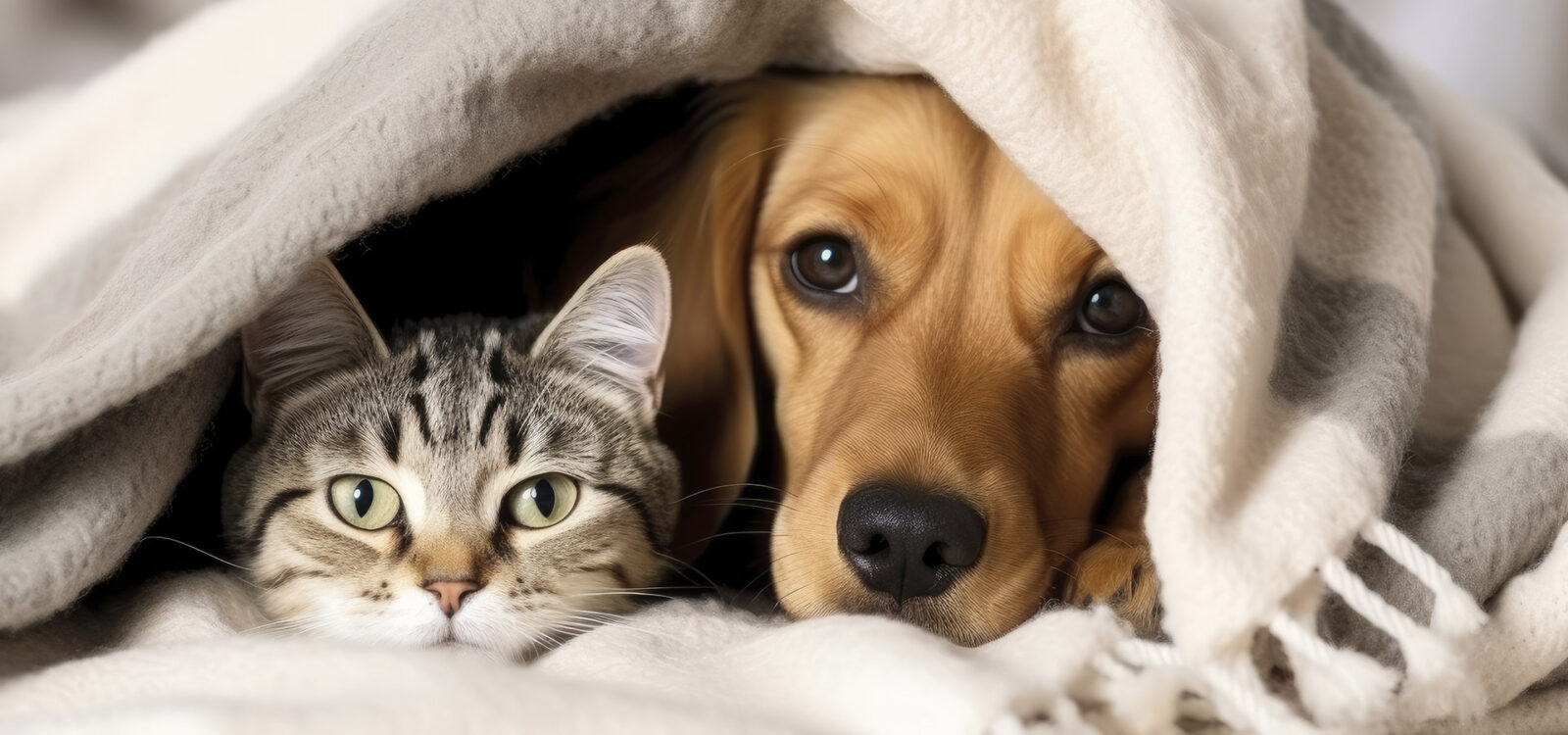Pet
A beloved member of the family who requires our care.
It is better to provide preventive care to animals than to deal with problems and worries when they fall ill.
What should we focus on for dogs and cats as part of prevention?
The foundation is vaccination, during which a veterinarian will thoroughly examine the dog, along with a quality diet, deworming, flea treatment, active movement, coat care, and, last but not least, dental care.
We mentioned teeth – do they suffer from the same problems as humans?
For humans, the most common issue is dental cavities, but these are rare in animals. They may occur when treats like biscuits are given too often. However, other problems, such as dental plaque, which mineralizes into what is commonly known as tartar, affect both humans and animals equally. This tartar causes gum inflammation, where bacteria penetrate under the gums, leading to bad breath and, in advanced stages, tooth mobility, which ultimately requires extraction.
How can I tell if my dog or cat is suffering from tooth pain?
If an owner notices bad breath, chewing without food, difficulty eating, blood when playing or eating, a change in behavior – nervousness or even aggression during handling, or, conversely, significant apathy when resting – they should be alert and check the animal themselves or consult a veterinarian.
Cats are different; they suffer in silence. As predators, they do not show pain… The only way to check is to conduct a home test or have a veterinarian examine them using a damp cotton swab.
If my veterinarian says teeth need to be extracted – how does the pet chew its food afterward? Can they eat normally?
If a tooth is extracted due to irreversible damage, the animal likely has not been using it for a long time because it was painful. Instead, they may have been gulping their food or chewing only on one side. The removed tooth, or even multiple teeth, will not be missed. After such a major procedure, it is good to use antiseptic treatments, ideally containing chlorhexidine. It is also beneficial to combine them with herbal remedies, such as Herbadent VET AKUT.
And don’t worry – even a cat that has had all its teeth removed can still catch a mouse once the pain is gone! Dogs, too, will start playing with their toys again and feel much livelier.
Is prevention just as important as it is for humans? What would you recommend?
Definitely, tooth brushing. It is the most effective method. For humans, it is routine, but for pets, the owner must remove plaque from the teeth manually. It is essential to do this daily or at least every other day. Establishing a routine is crucial – choosing a consistent time of day and gradually training the pet from touching the muzzle to rubbing the teeth and gums with toothpaste or a treat (even pâté), and finally using a toothbrush – starting with a finger brush and later a regular one. Begin with the canines, premolars, and molars before moving on to the incisors, which are the most sensitive. If this is impossible with dominant or aggressive animals, passive cleaning can be achieved through dental treats (such as sticks, collagen strips with enzymes), special toys, veterinary dental diets with specially designed kibble (where the tooth sinks in without the kibble breaking apart like regular food), food or water additives, or herbal sprays with antibacterial properties.
When a patient comes in, it is immediately obvious whether the owner takes care of the pet’s teeth – especially in small dog breeds. If they do not, but the dog chews kibble, the premolars and molars may be in good condition, but there will be tartar on the incisors and canines. If the dog refuses care and only eats soft food, tartar builds up everywhere. In such cases, professional veterinary intervention is needed to remove tartar from the tooth surface and, most importantly, from under the gums under anesthesia.
Can I use human dental products at home?
Human toothpaste should never be used because it contains fluoride, which is toxic. Pets swallow toothpaste rather than spit it out. Additionally, human toothpaste contains foaming agents that irritate the stomach or contain harmful artificial sweeteners. Pet toothpaste lacks these ingredients, is flavored, and is therefore more readily accepted by animals. Enzymatic toothpaste is preferable, as it breaks down plaque in hard-to-reach areas where a toothbrush cannot reach. The company Herbadent is currently developing a fluoride-free toothpaste for pets.
Dogs and cats often suffer from bad breath. What would you recommend to owners to solve this problem?
There are several reasons for bad breath. It may be due to dental plaque, tartar, gum inflammation, ulcers, erosions, or other changes in the oral cavity, a foreign object stuck between the teeth, or even a lodged stick, which we sometimes see in our practice. Bad breath can also be caused by digestive disorders, kidney disease, or diabetes. If these conditions are ruled out, various water additives – ideally enzymatic or herbal oral sprays – can be used. In our clinic, we tested products from the Herbadent company, and the best feedback came from a client’s son who, after a few weeks, said: “Mom, our Betynka’s breath doesn’t stink anymore!”
MVDr. Erika Žulkevičová – Langerová

